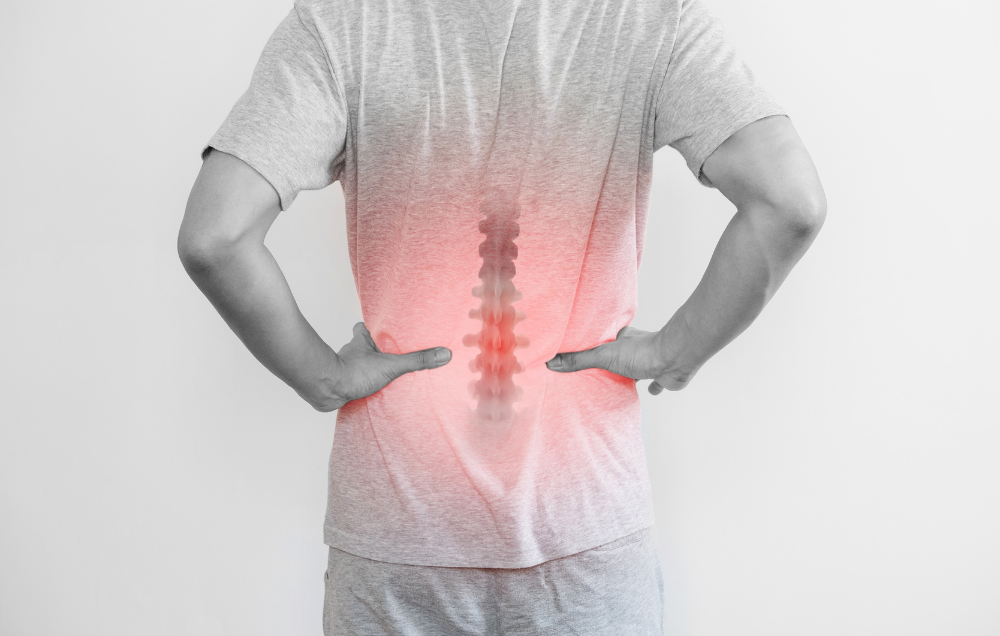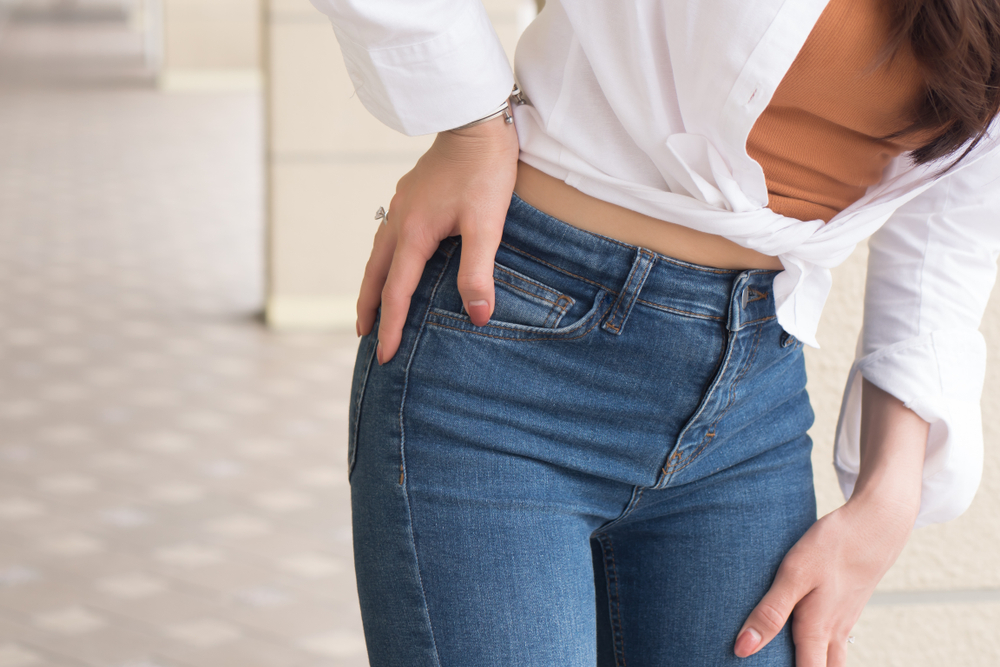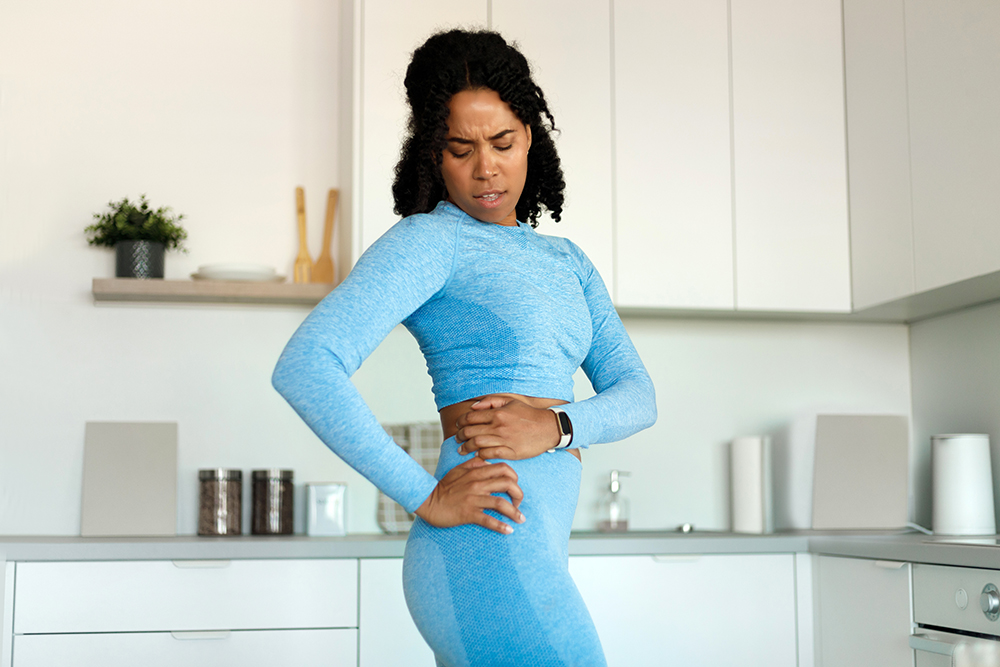Contents
Lower back and hip pain are two common conditions that can be experienced by people from a range of ages and backgrounds. Studies show that most people will experience lower back pain at some point in their lifetime, and hip pain is common as well. While pain can be isolated to one of these areas, some people can have pain in the lower back and hip at the same time. The different parts of the body are all connected. This means they can have effects on each other that lead to symptoms like pain spreading across multiple regions.
Issues that can trigger lower back and hip pain
Pain is often a symptom of a larger issue in the body. There are a range of causes that might lead to lower back and hip pain (LBHP). It is important to understand the possible underlying factors in order to address your pain effectively. For example:
- Poor posture — Poor posture while sitting or standing for long periods can put additional pressure on your lower back and hips. Over time, this can lead to pain in those regions. People who work in office environments and at jobs that require repetitive motions can be especially vulnerable to this. Workplace solutions for physical therapy can help address poor posture in the workplace. However, it is also important to maintain good posture in other activities.
- Muscular imbalance — Muscular imbalance occurs when two muscles are uneven. The imbalance may be a result of a size disparity or a difference in strength. When this happens, it can lead to overall weakness in the area as well as increased tightness or tension. When muscular imbalance affects your lower back and hip, it can lead to pain.
- Sciatica — The sciatic nerve runs from the lower back down to the legs. Sciatica is a condition that occurs when this nerve becomes compressed or irritated. This can cause pain in areas of the body along the nerve, which include the lower back and hip regions.
- Degenerative conditions — A range of degenerative conditions can lead to LBHP. These include osteoarthritis, spinal stenosis and degenerative disc disease. Conditions like these primarily affect the spinal column, which affects both the hip and lower back.
- Injuries — Injuries can cause serious damage to the lower back and hip. Herniated discs and strained muscles and tendons can cause LBHP. These conditions should be treated immediately to ensure a speedy recovery. Treatments like physical therapy can also help reduce the risk of future injury.
Physical therapy techniques to reduce LBHP
Physical therapy treatment techniques can be a great choice to address your LBHP. Physical therapy specialists can work with you to create a targeted treatment plan designed to alleviate your symptoms and lead to lasting health benefits. Your PT plan may include the following modalities:
- Manual therapy — Manual therapy includes a range of hands-on techniques that focus on tissue and joint mobilization. This can help to reduce LBHP by reducing tension and improving range of motion in the lower back and hip.
- Graston Technique® — The Graston Technique is an athlete-designed treatment method focused on addressing soft tissue injuries. Physical therapy specialists use patented stainless steel instruments in a process known as instrument-assisted soft tissue mobilization (IASTM). If your LBHP is a result of injury, the Graston Technique may be able to help.
- Spinal decompression — Many spinal issues can lead to LBHP. Spinal decompression is one technique that can directly address these issues. This technique works to gently stretch the spine with motorized traction. When the spine is stretched, it can take pressure off compressed discs or nerves. This can alleviate pain in the lower back and hip.
- Home exercise — Not all physical therapy techniques require a trip to the clinic. Physical therapy specialists can work with you to evaluate your needs and create a personalized home exercise program. This can allow you to improve your symptoms from the comfort of your home.
Lattimore Physical Therapy can help address your lower back and hip pain
At Lattimore Physical Therapy, our physical therapy specialists are ready to provide you with the care you need. Using a variety of techniques, our professional team can work to ensure lasting relief from your lower back and hip pain. All of our staff subscribe to the “Lattimore way.” This means we really listen, and we work hard to provide individual care that can help all of our patients succeed.
Contact our team today for more information or to schedule an initial appointment.



